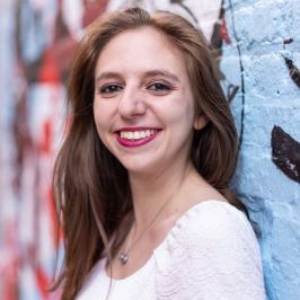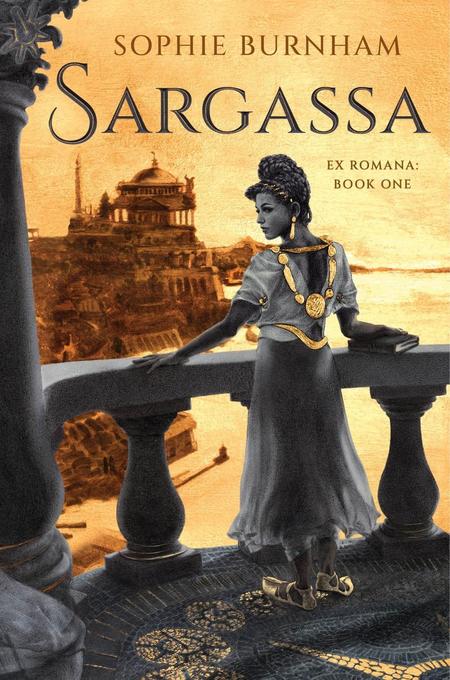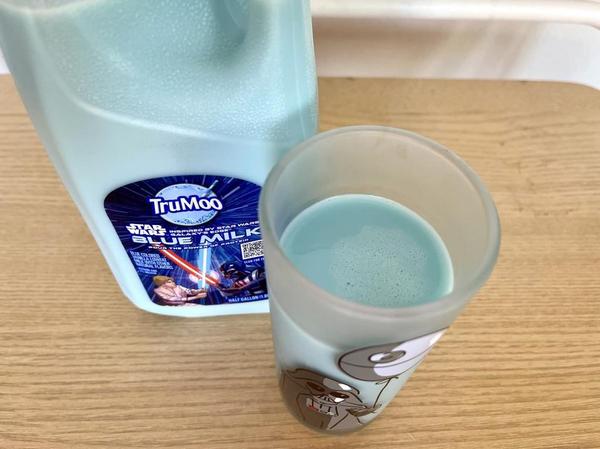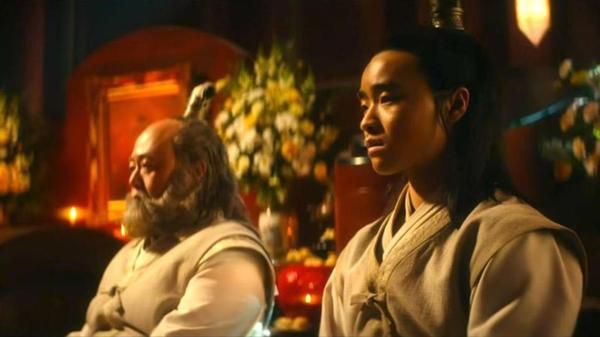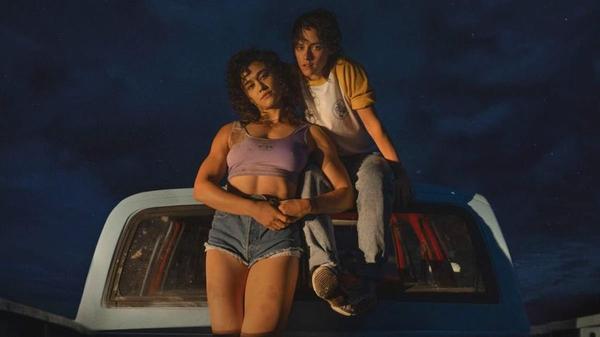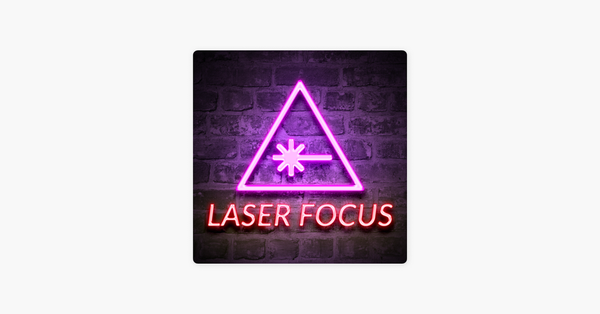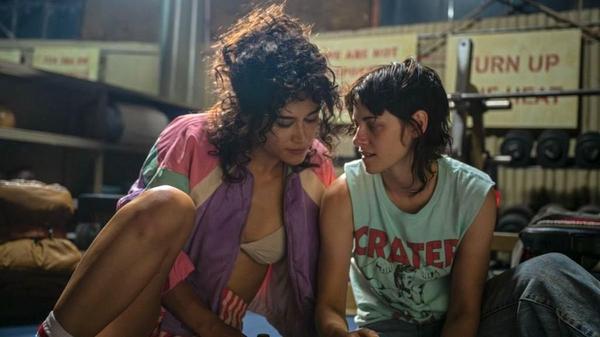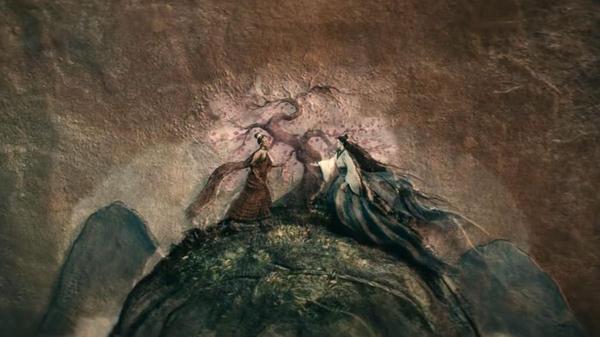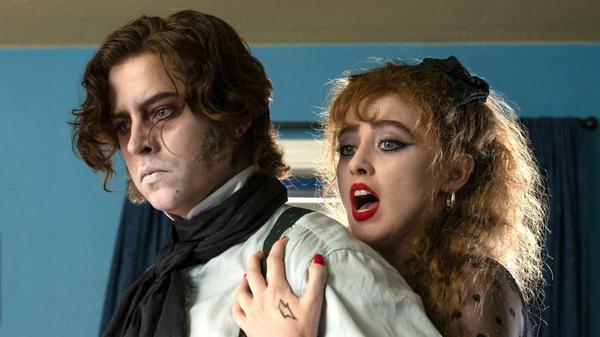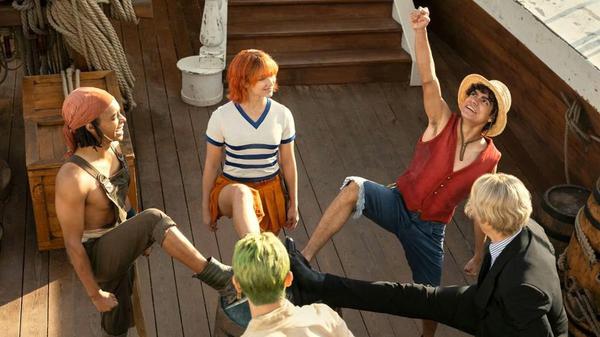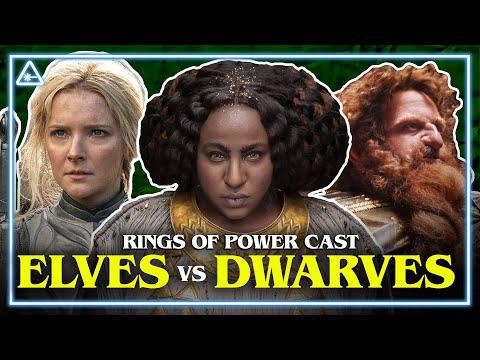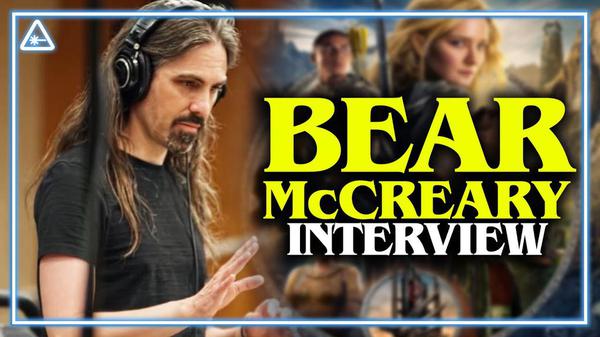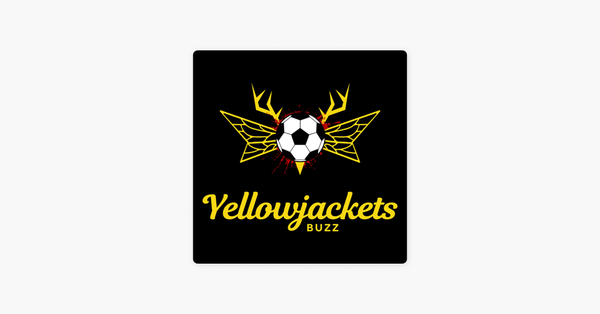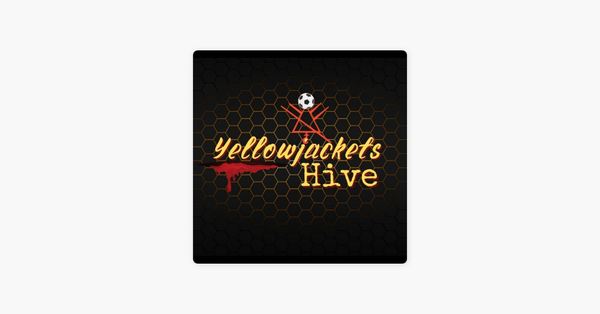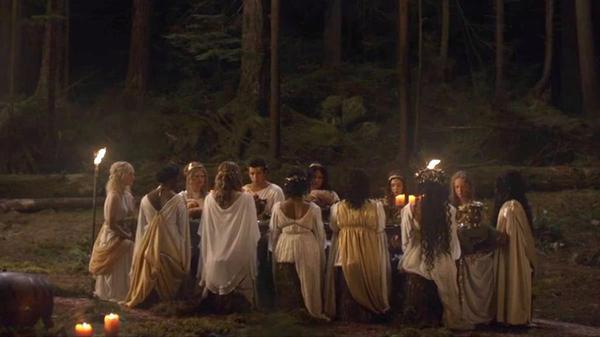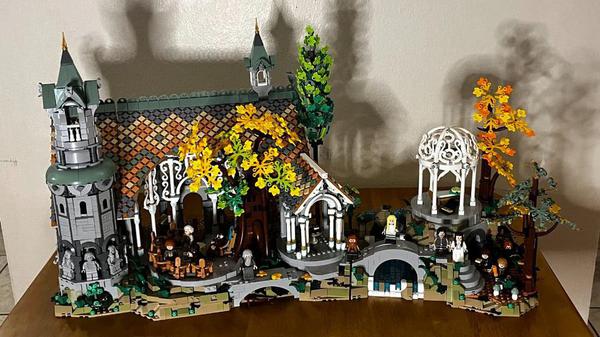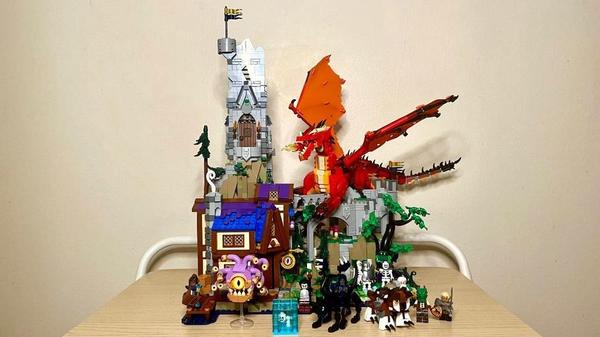
LEGO’s DUNGEONS & DRAGONS Set Captures the Spirit of the Game
In celebration of Dungeons & Dragons‘ 50th anniversary, LEGO has brought to life a set honoring the beloved franchise. Dungeons & Dragons is many things—it’s a tabletop game, it’s lore, it’s books, it’s movies, and for many, it’s simply a way to live out their dreams of epic adventures and fantastical worlds. So, of course, it comes as no surprise that this LEGO Dungeons & Dragons set is actually a LEGO Ideas set, which means it started life as a fan creation. And when you put it together, that love comes through loud and clear.
